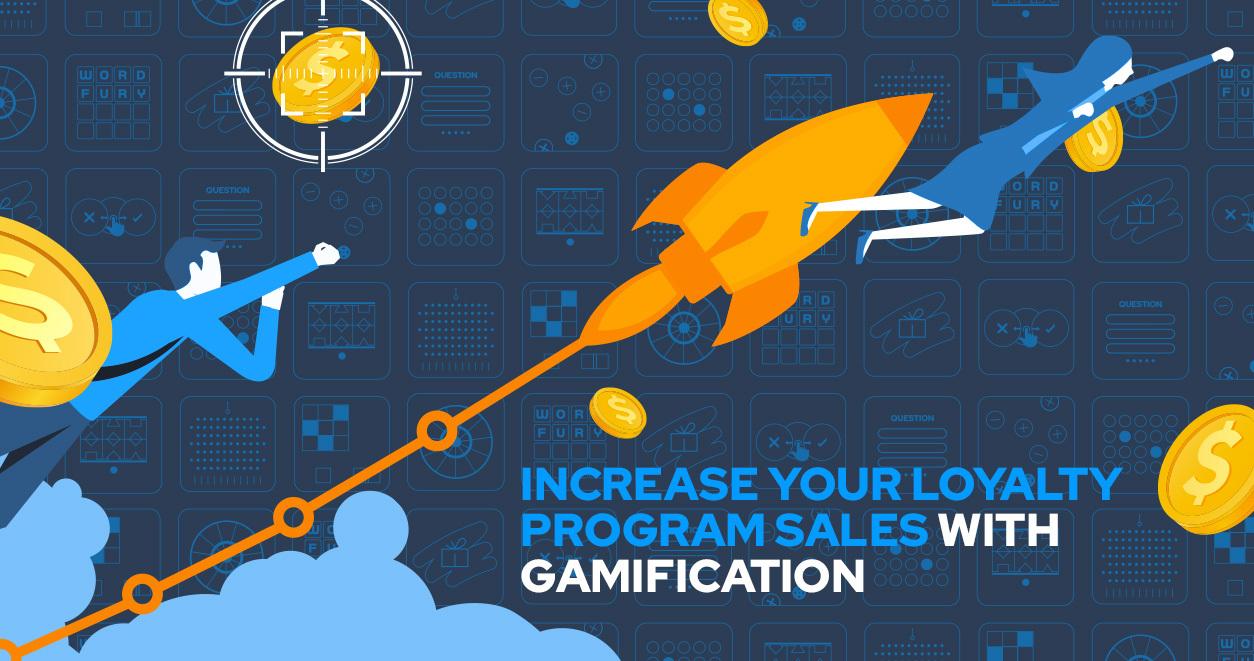Gamification is the adoption and application of gaming elements in non-game scenarios. In gamification for eCommerce specifically, game elements are applied to commercial processes, such as selling products or navigating a store’s catalog.
But why do gamification and eCommerce work so well together? To understand this dichotomy, it’s worth considering gamification's psychological effect on your audience. But before diving into that, let’s look at some examples of gamification to cement our understanding of the strategy.
Examples Of Gamification in eCommerce
There are plenty of excellent examples of general commercial gamification strategies, like McDonald’s famous Monopoly game or Starbucks’ Rewards program. But those do not directly translate to eCommerce. Here are two great examples of gamification in eCommerce:
Stitch Fix Profile Builder
Stitch Fix’s goal is to send a curated wardrobe to its subscribers based on their style profiles. Who creates that style profile? You do!
By utilizing a quiz interface that replicates the character customization screen of a video game, Stitch Fix creates a fun and familiar experience for developing your style.
eBay’s Bidding System
How does eBay stay afloat with a competitor as commanding as Amazon? Thanks to its bidding system. eBay was founded on this feature, which replicates a live auction on products its users offer up.
Bidders will stay invested in products they bid for, meaning more time on eBay’s website, which gives them some time to browse eBay’s other products.
Looking for more examples of gamification? Check out these five examples of successful marketing campaigns that use gamified elements.
Why Does Gamification Work?
We’ve already talked about how to develop an eCommerce gamification strategy. But have you ever wondered how gamification so effectively captures your target audience? It’s easy to say “games are addictive,” but to be more scientific, there are four elements at play:
- The trigger: The motivation to play the game
- The investment: The effort required to play the game
- The action: How the game is played
- The reward: What the player gets for playing
Each of these elements must be enticing. If the game isn’t properly motivating or is too complicated for the average person to understand, your eCommerce gamification strategy won’t work.
To help you understand the psychological impetus behind these steps, we’ll break them down and discuss what you should consider for each step.
1. The Trigger
You don’t have to be super creative to trigger someone’s desire. People love saving money and getting their orders faster, so why not start there.
The real challenge is figuring out where to place that trigger.
Let’s say you have a cart abandonment problem. How can gamification solve that issue? Consider: By offering a discount or free shipping for completing a purchase within a specific time limit, you may see more people finishing their purchases for the sake of the reward.
The location of your eCommerce gamification tactic is just as important as the type of gamification you choose to pursue. If you want to be strategic, you should integrate gamification elements in places that can help fill the holes in your customer journey funnel.
The following are some other gamification ideas that might help you decide where to implement gamification on your website:
- Time constraints: Knowing they have limited time can help a person focus on the task at hand. Offer deals with tight timelines to encourage snap purchase decisions.
- Points systems: Make certain products eligible for rewards points that can be redeemed for future purchases.
2. The Investment
There must be some exertion of effort to engage your audience. But it doesn’t have to be drastic.
If the time required to complete your game element takes too long, many customers will abandon the game entirely. Always remember that gamification is meant to enhance the user experience, not just “make it fun.” Fun is subjective.
3. The Action
This is where you can show some creativity—or not! The action could be as simple as spinning a prize wheel or completing purchases in a limited time. Or, it could be as complicated as pitting shoppers against one another for a chance to buy your products, like what KENZO did with the KENZO Shopping League.
4. The Reward
The reward is perhaps the most important part of this entire process. If your customer doesn’t think the reward is worth their time, they won’t even start the game.
That means you need to ensure two things when it comes to rewards: The reward is easily understood by the customer before the game starts, and the reward is worth the effort exerted.
Let’s go back to our prize wheel example. The effort required to spin the wheel is pretty low—just a click of the mouse. But the resulting prize can vary drastically, ranging from a small discount code to a pricey gift card.
How to Implement Gamification: CataBoom
We’re sure you have some ideas to implement gamification into your eCommerce platform. But how do you get started? The easiest way is to work with a partner experienced in gamification integration, like CataBoom.
With our expertise, we can help you take the difficulty out of gamification, helping you capture your leads better and amplify your reach.
Click here to take a look at our latest projects.








